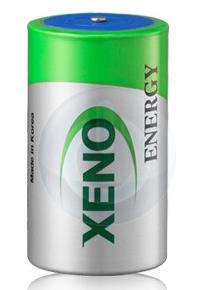
The technicians of Cornell University’s Bioacoustics Lab informed us that the SWIFT acoustic sensors (see earlier post) would probably run for up to 2 months if deployed using three D size lithium batteries (such as these / note that each battery has 3.6V vs. the 1.5V of the standard D cell size batteries). Such lithium batteries are considerably more expensive than regular batteries and harder to obtain, but they may be worth considering if the sites where the acoustic sensors to be deployed are remote and therefore having monthly maintenance trips for them becomes very expensive or impractical given the human resources available. If you end up using these batteries with the SWIFT sensors, please do share with us your experience with them (i.e. how long did they last in the end in your landscape/climate). Sub-zero cold weather for instance is known to reduce the running time of batteries.
Also, the engineers recommend using San Disk Extreme Pro SD (Class 10) cards as the energy consumption with other SD card types could be up to 10% higher. In terms of regular 1.5V D cell batteries, they recommend using Panasonic Industrial Alkaline batteries for longer running time (see product data sheet here / LR20XWA/BB).
Happy PAMing (Passive Acoustic Monitoring) : )

Skype has established its web-based client beta for the entire
world, following establishing it broadly within the U.S.
and U.K. previously this 30 days. Skype for Internet also now facilitates Chromebook and Linux for instant messaging conversation (no voice and video but, those
require a connect-in installment).
The expansion in the beta adds assist for an extended listing
of dialects to aid strengthen that international user friendliness
LikeLike